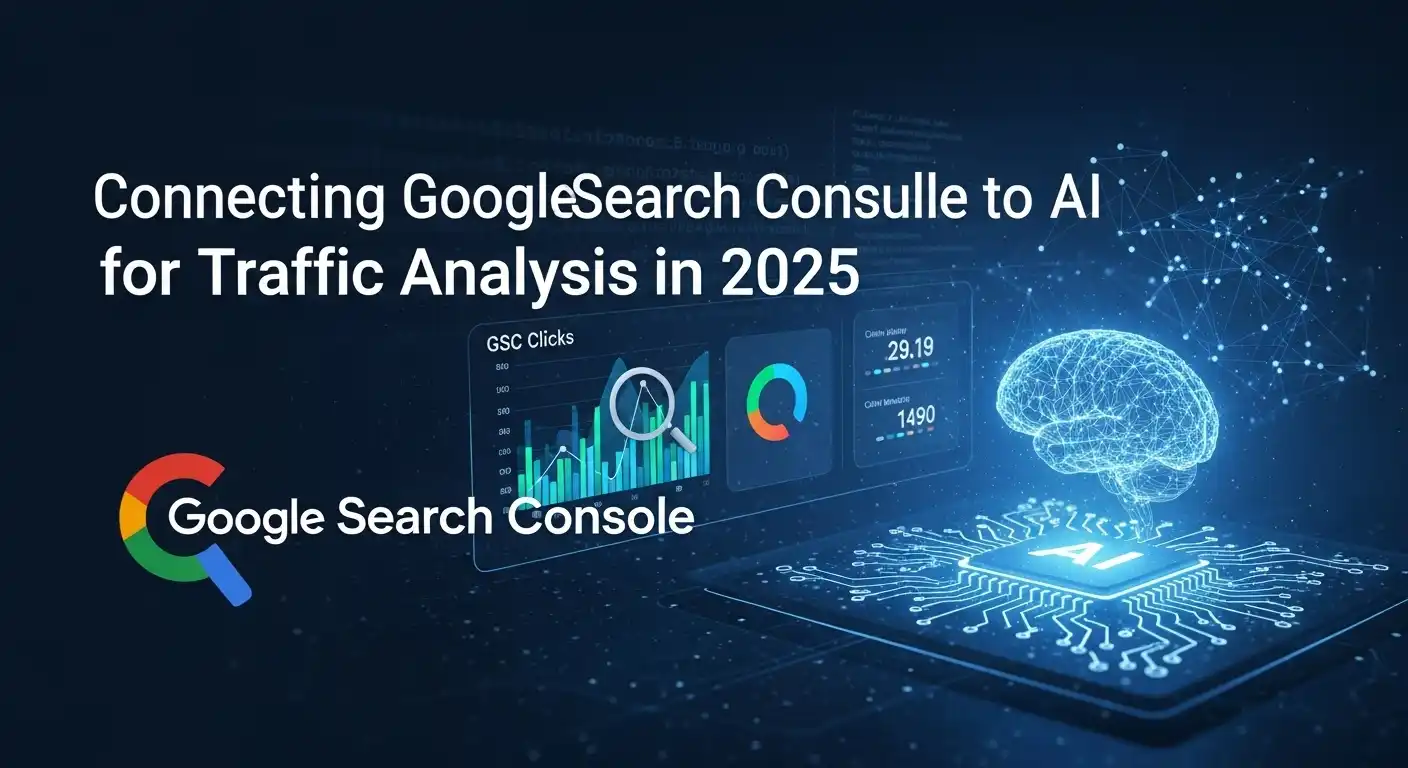
How to Use AI for SEO Traffic Analysis in 2025
How to Connect Google Search Console to AI for SEO Traffic Analysis in 2025
Estimated reading time: 12 minutes
- Google Search Console now integrates with AI-powered platforms including Gemini 2.5, offering deeper traffic analysis capabilities
- AI Mode performance metrics are available in Search Console but require filtering to understand their specific impact on your traffic
- Exporting GSC data to AI analysis tools enables automated keyword clustering, trend detection, and content optimization recommendations
- Query fan-out techniques help identify new ranking opportunities by breaking down main queries into subtopics
- Multimodal AI can analyze mixed content types (text, images, video) for more comprehensive SEO insights
Key Takeaways
- Google Search Console now integrates with AI-powered platforms including Gemini 2.5, offering deeper traffic analysis capabilities
- AI Mode performance metrics are available in Search Console but require filtering to understand their specific impact on your traffic
- Exporting GSC data to AI analysis tools enables automated keyword clustering, trend detection, and content optimization recommendations
- Query fan-out techniques help identify new ranking opportunities by breaking down main queries into subtopics
- Multimodal AI can analyze mixed content types (text, images, video) for more comprehensive SEO insights
Understanding Google's AI Integration with Search Console

Google's approach to integrating AI with Search Console has changed dramatically this year. The platform now includes performance metrics from AI Mode searches, which involve conversational, generative, and multimodal results. This integration means SEO professionals can finally see how AI-powered search features affect their traffic patterns.
The most significant update is that AI Mode data gets blended into your regular performance reports rather than appearing in separate tabs. You'll need to use careful filtering and analysis techniques to understand how much of your traffic comes from these AI-driven searches. From my experience working with enterprise clients, this blended approach initially confused many teams who expected cleaner data separation.
Google's Gemini 2.5 integration allows for more sophisticated data processing than we've seen before. The AI can now handle multimodal inputs, meaning it processes text, images, and video data simultaneously to provide richer insights about your content performance. This capability has proven especially valuable for e-commerce sites where visual content drives significant traffic.
Many SEO teams I've worked with initially struggled to interpret this new data format. The key insight here is that AI Mode represents a fundamental shift in how users search - they're asking more complex, conversational questions that require comprehensive answers rather than simple keyword matches.
Setting Up Data Export from Google Search Console
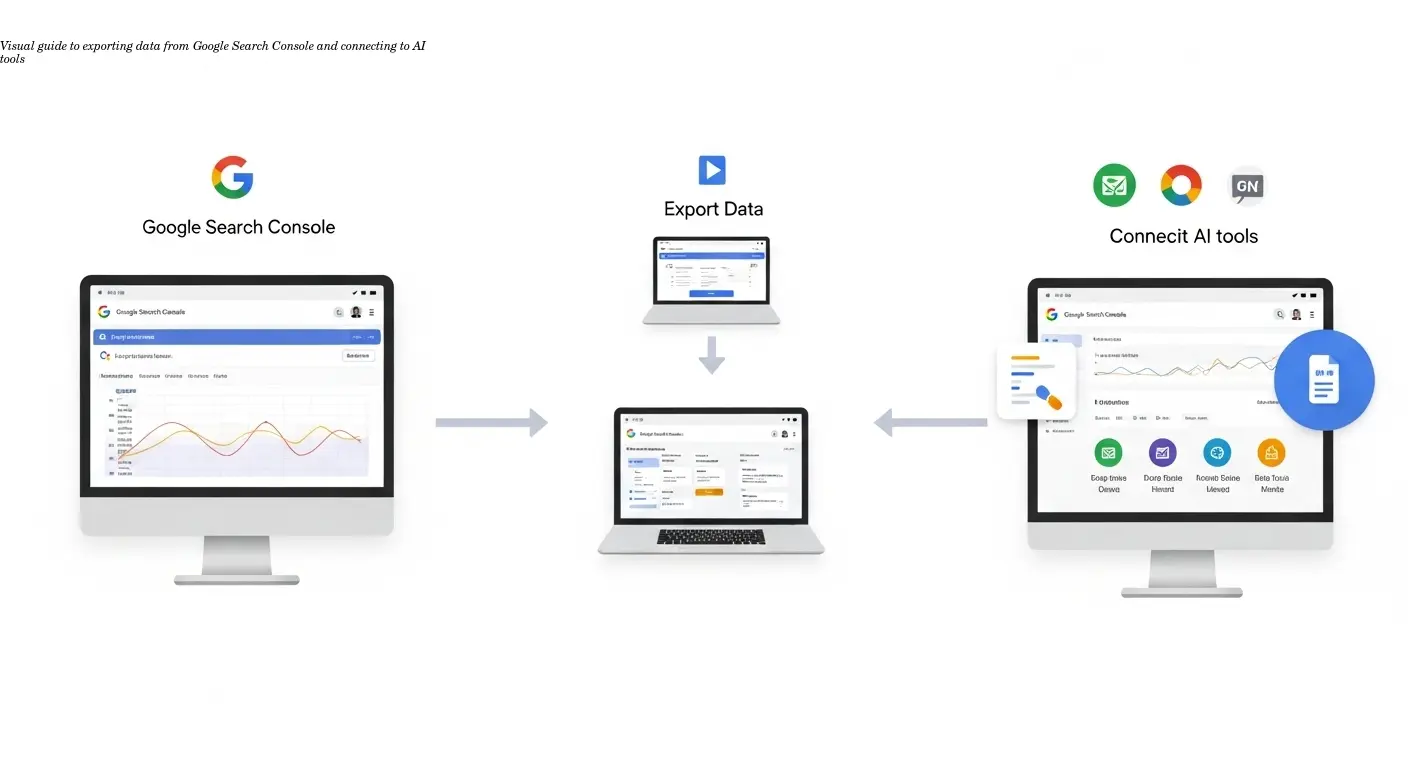
Getting your Search Console data ready for AI analysis requires a systematic approach to data extraction. You can use the built-in export features for smaller datasets, but larger websites benefit significantly from connecting directly through the Search Console API.
The API connection allows you to pull comprehensive performance data including impressions, clicks, CTR, and position data for all your queries and pages. I recommend setting up automated exports that run daily or weekly, depending on your site's traffic volume. This consistent data flow ensures your AI analysis tools always have fresh information to work with.
Many teams overlook the importance of including date ranges that capture seasonal variations in their data exports. Your AI tools need this historical context to identify legitimate trends versus temporary fluctuations. I've seen cases where teams made poor optimization decisions because their data exports only covered short time periods.
The exported data should include dimensions for queries, pages, countries, and devices. This granular breakdown allows AI tools to identify specific patterns that might be invisible in aggregate data. For instance, mobile search behavior often differs significantly from desktop, and this distinction becomes crucial for AI-powered analysis.
Choosing the Right AI Platform for SEO Analysis
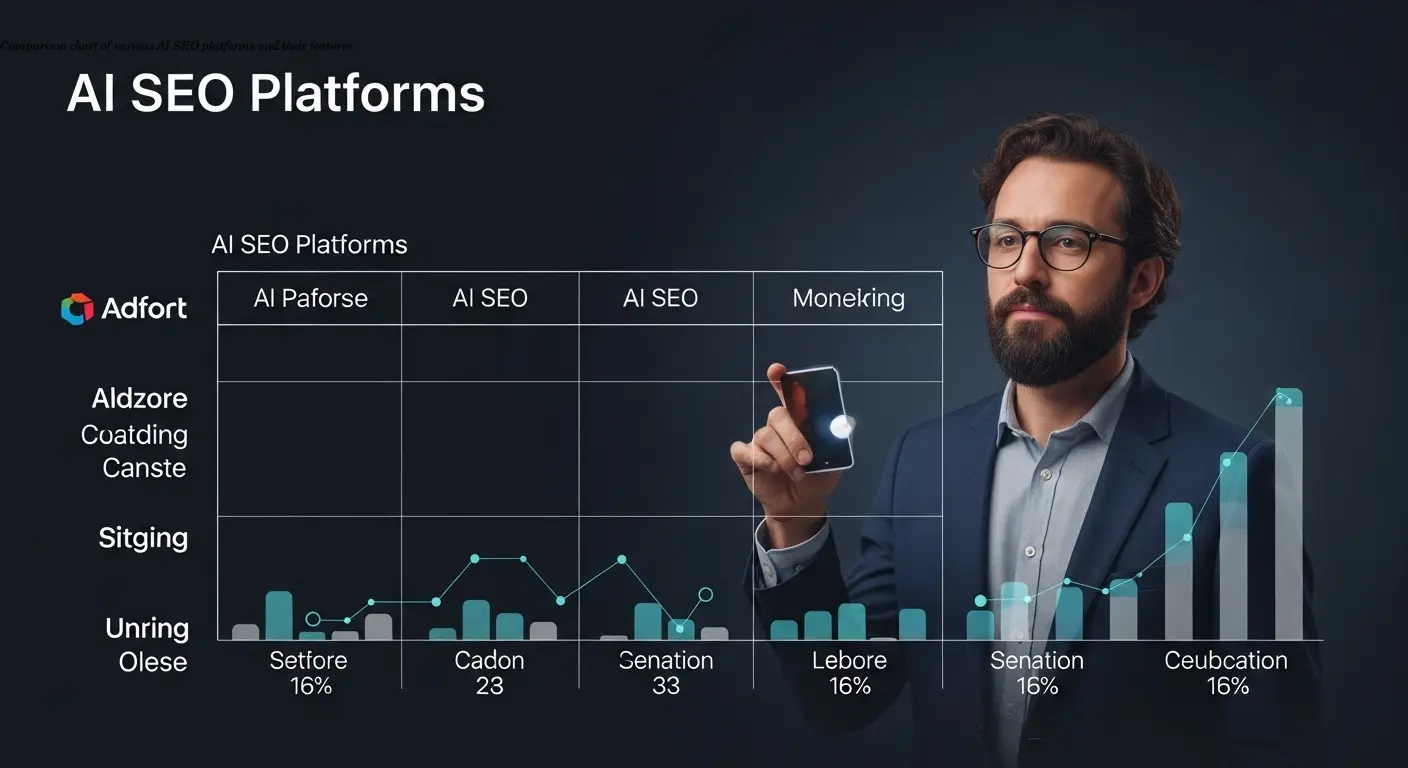
Selecting an appropriate AI platform depends on your team's technical capabilities and specific analysis needs. Google's own Gemini 2.5 API offers native integration advantages, but third-party tools often provide more specialized SEO features.
Enterprise-level platforms like BrightEdge or Conductor have started incorporating advanced AI features specifically designed for SEO analysis. These tools can process your Search Console data alongside competitor information and industry benchmarks. However, they come with significant monthly costs that smaller teams might find prohibitive.
For teams with development resources, building custom machine learning pipelines using platforms like TensorFlow or PyTorch offers maximum flexibility. This approach allows you to create analysis models tailored to your specific industry and business goals. I've worked with several SaaS companies that built proprietary models to identify content gaps and optimization opportunities.
The key consideration is data processing speed versus insight quality. Cloud-based AI services generally offer faster processing but may lack the nuanced understanding of SEO metrics that specialized platforms provide. Many successful teams use a hybrid approach, combining multiple AI tools to get comprehensive insights into their search performance.
Implementing Query Analysis and Keyword Clustering
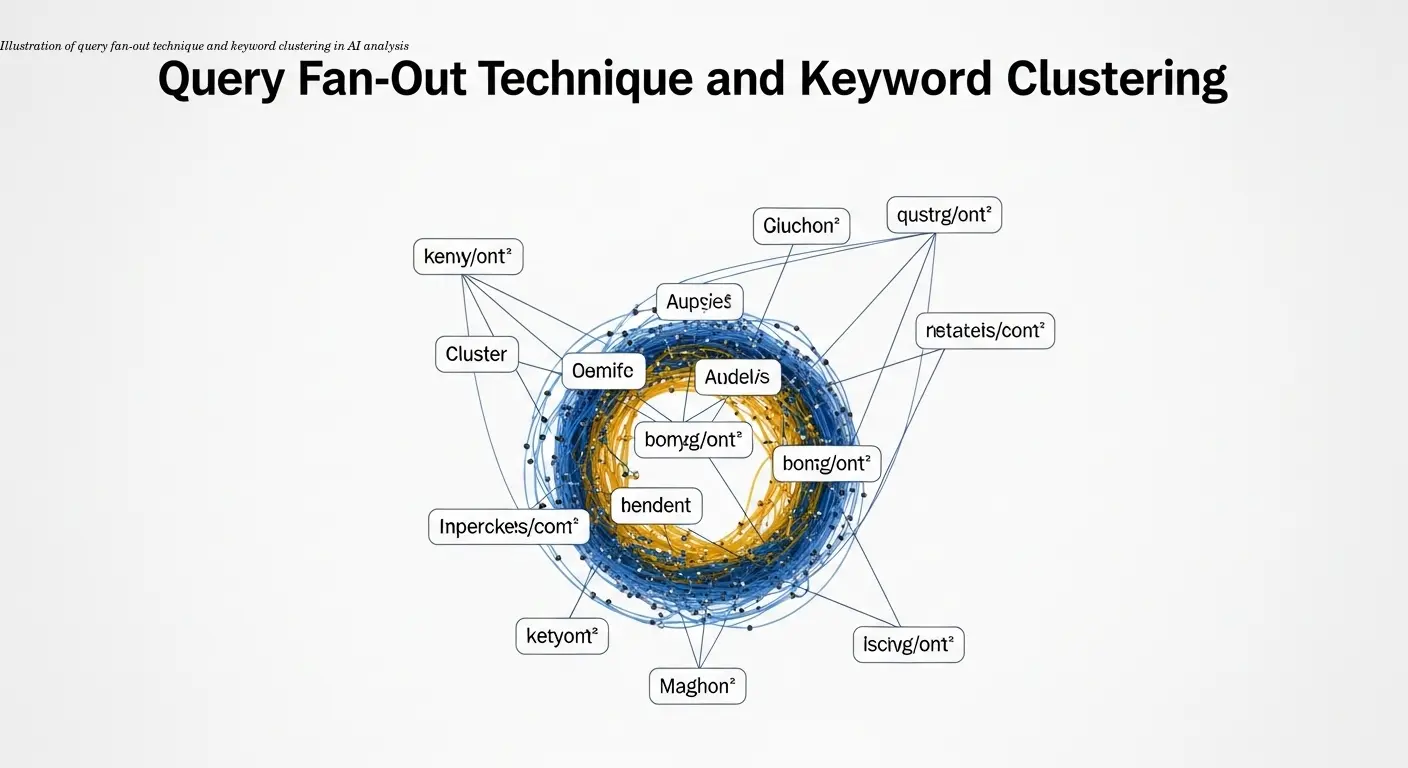
AI-powered query analysis transforms how you understand search intent and identify content opportunities. Google's query fan-out technique breaks down complex searches into multiple subtopics, and you can apply similar methods to your own keyword research and content planning.
Modern AI tools excel at clustering related queries and identifying thematic patterns that human analysts might miss. These clusters reveal content gaps where you could rank for related terms by expanding existing pages or creating new content. I recently worked with a B2B software company that discovered 200+ related queries they weren't targeting simply by applying clustering algorithms to their Search Console data.
The AI can also identify queries where your pages rank well but generate low click-through rates. These represent opportunities to optimize meta descriptions, titles, or featured snippet content. Automated analysis helps you prioritize which pages to optimize first based on potential traffic impact.
One particularly valuable application is identifying emerging query patterns before they become highly competitive. AI tools can spot rising search volumes for specific topics or product categories, allowing you to create content early in the trend cycle. This proactive approach has helped several clients capture traffic that their competitors missed entirely.
Detecting Traffic Patterns and Anomalies

AI excels at identifying unusual patterns in your search traffic that might indicate algorithm updates, technical issues, or competitive changes. Traditional analytics often miss subtle shifts that AI can detect by analyzing multiple data dimensions simultaneously.
Anomaly detection algorithms examine your historical performance data to establish baseline expectations, then flag deviations that require investigation. This capability proves especially valuable during Google algorithm updates, when traffic changes might occur gradually over several days rather than showing immediate dramatic shifts.
I've seen AI tools identify technical SEO problems by detecting specific patterns in crawl error reports and performance metrics. For example, sudden drops in mobile traffic combined with increased page load times often indicates server issues that manual analysis might attribute to algorithm changes instead.
The predictive aspects of AI analysis help teams prepare for seasonal traffic variations and plan content calendars accordingly. Machine learning models can forecast which content types will perform better during specific time periods based on historical patterns and current trends. This forecasting capability has proven particularly valuable for e-commerce and publishing websites.
Optimizing for AI-Driven Search Features
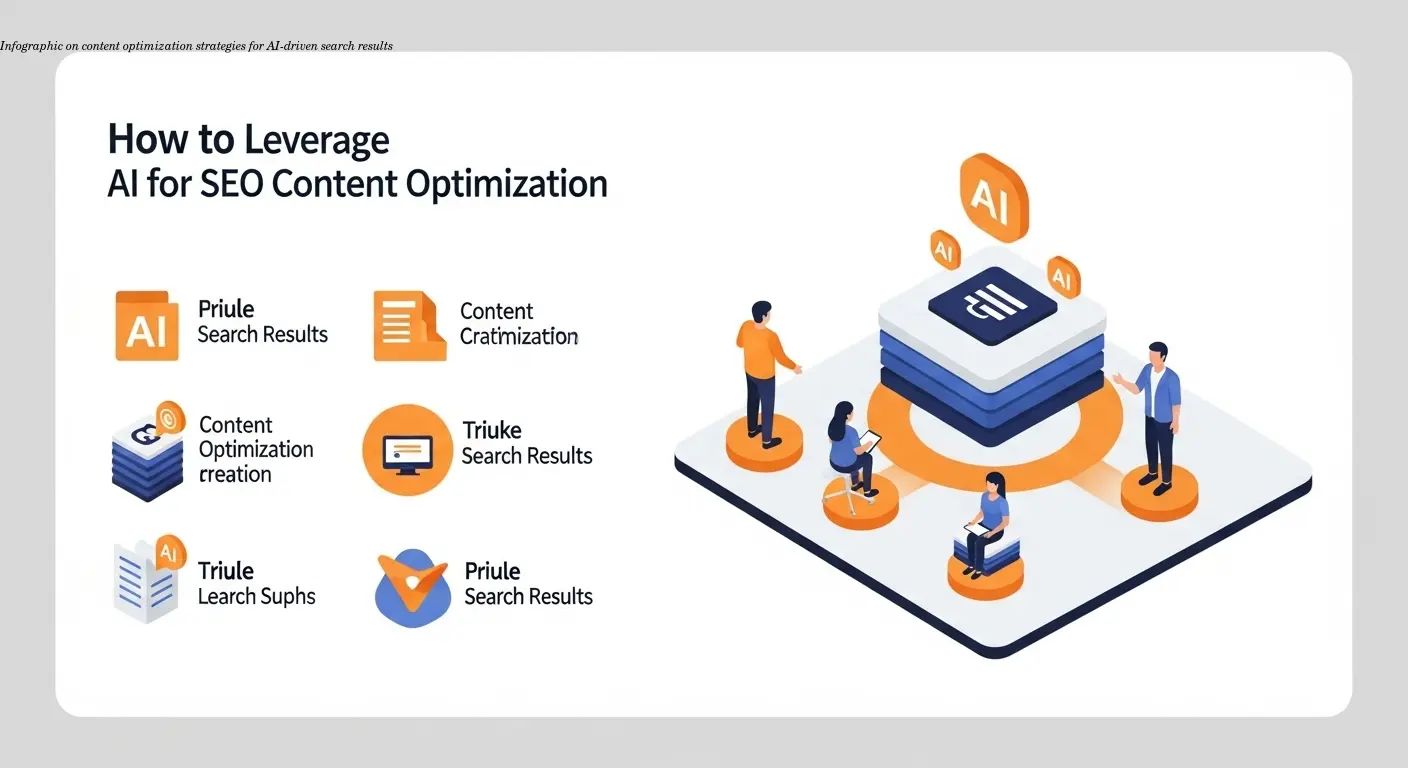
AI Mode and other generative search features require different optimization strategies than traditional SEO approaches. These features prioritize content that provides comprehensive, authoritative answers to complex questions rather than simple keyword optimization.
Structured data becomes increasingly important for AI-driven search results. The AI needs to understand your content's context and relationships to include it in comprehensive answers. Schema markup helps AI systems parse your content more effectively and increases your chances of being cited in AI-generated responses.
Content format also matters more than before. AI systems favor content that clearly answers specific questions with supporting evidence and examples. This means creating content with clear headings, bullet points, and logical information architecture. I've noticed that pages optimized for featured snippets often perform well in AI Mode results too.
The authority signals that AI systems consider include not just backlinks but also content depth, factual accuracy, and citation quality. Pages that link to authoritative sources and provide comprehensive coverage of topics tend to perform better in AI-driven search features. This requires a shift from quantity-focused content creation to quality-focused approaches.
Generating Actionable SEO Recommendations
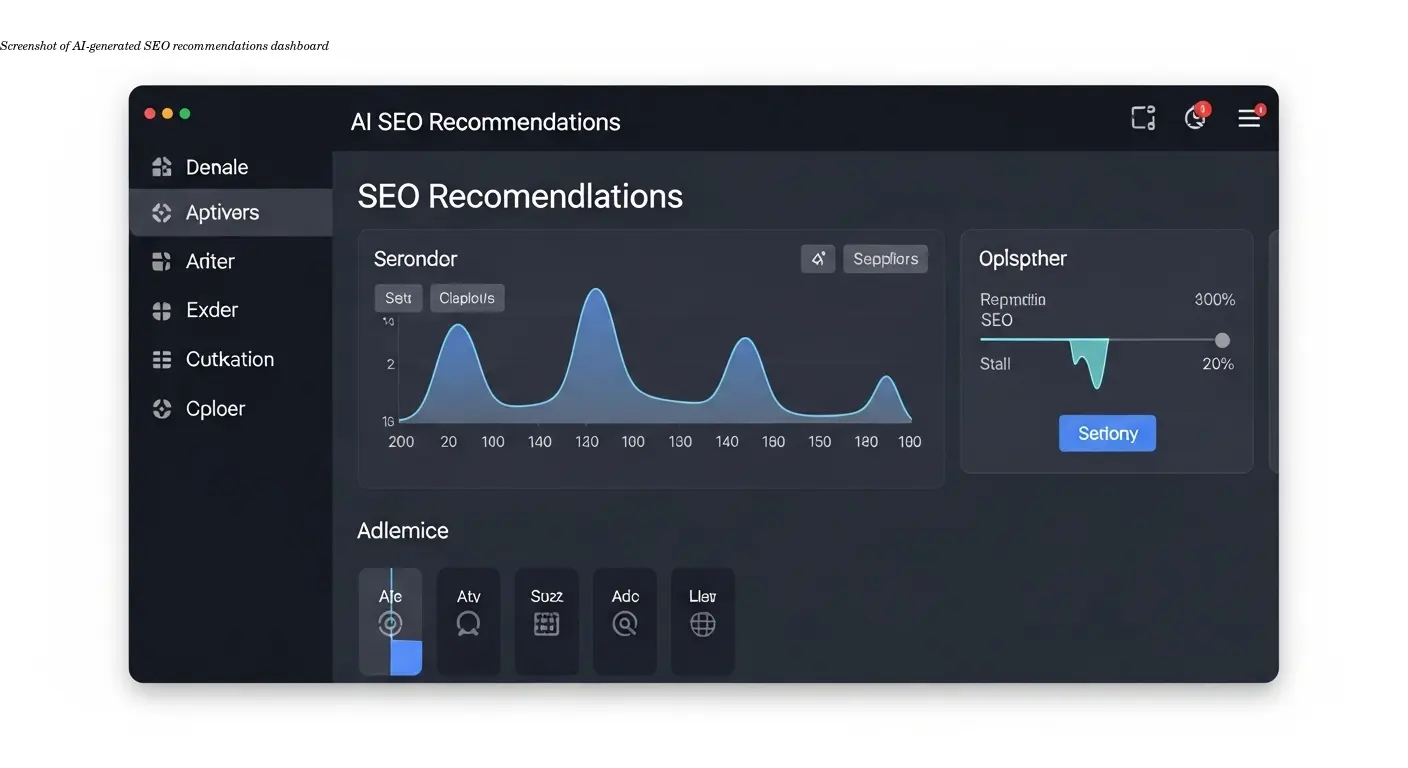
AI tools can synthesize large volumes of Search Console data to produce specific, prioritized recommendations for improving your search performance. These recommendations go beyond simple keyword suggestions to include technical optimizations and content strategy adjustments.
The most effective AI-generated recommendations combine multiple data sources including Search Console metrics, competitor analysis, and industry benchmarks. This comprehensive approach identifies opportunities that single-metric analysis might miss. For example, AI might recommend creating hub pages for topic clusters where you already rank well for individual keywords.
Predictive modeling helps prioritize which recommendations to implement first based on expected traffic impact and resource requirements. I've worked with teams that successfully increased organic traffic by 40% within six months by following AI-prioritized optimization recommendations rather than their previous gut-feeling approaches.
The key is setting up feedback loops where you track the results of implemented recommendations and feed that data back into your AI analysis tools. This continuous improvement cycle helps the AI learn what optimization strategies work best for your specific website and industry, leading to increasingly accurate recommendations over time.
FAQ
Can I see AI Mode traffic separately in Google Search Console?
No, AI Mode performance data is blended into regular Search Console reports. You'll need to use filtering and analysis techniques to estimate how much traffic comes from AI-driven searches.
Which AI platform works best for analyzing Search Console data?
It depends on your needs and budget. Google's Gemini 2.5 offers native integration, while specialized SEO tools like BrightEdge provide more targeted features. Many teams use multiple platforms for comprehensive analysis.
How often should I export Search Console data for AI analysis?
For most websites, weekly exports work well. High-traffic sites benefit from daily exports, while smaller sites can manage with monthly exports. Consistency matters more than frequency.
Do I need technical expertise to implement AI for SEO analysis?
Basic implementations using existing AI SEO tools require minimal technical knowledge. Custom machine learning solutions need development resources, but many effective approaches use no-code or low-code platforms.
How do I measure the ROI of using AI for SEO analysis?
Track improvements in organic traffic, ranking positions, and click-through rates after implementing AI-generated recommendations. Most teams see measurable improvements within 3-6 months of consistent AI-driven optimization.
What's the biggest mistake teams make when starting with AI for SEO?
Expecting immediate results or relying solely on AI recommendations without human oversight. AI tools work best when combined with SEO expertise and strategic thinking about business goals.
Related Articles
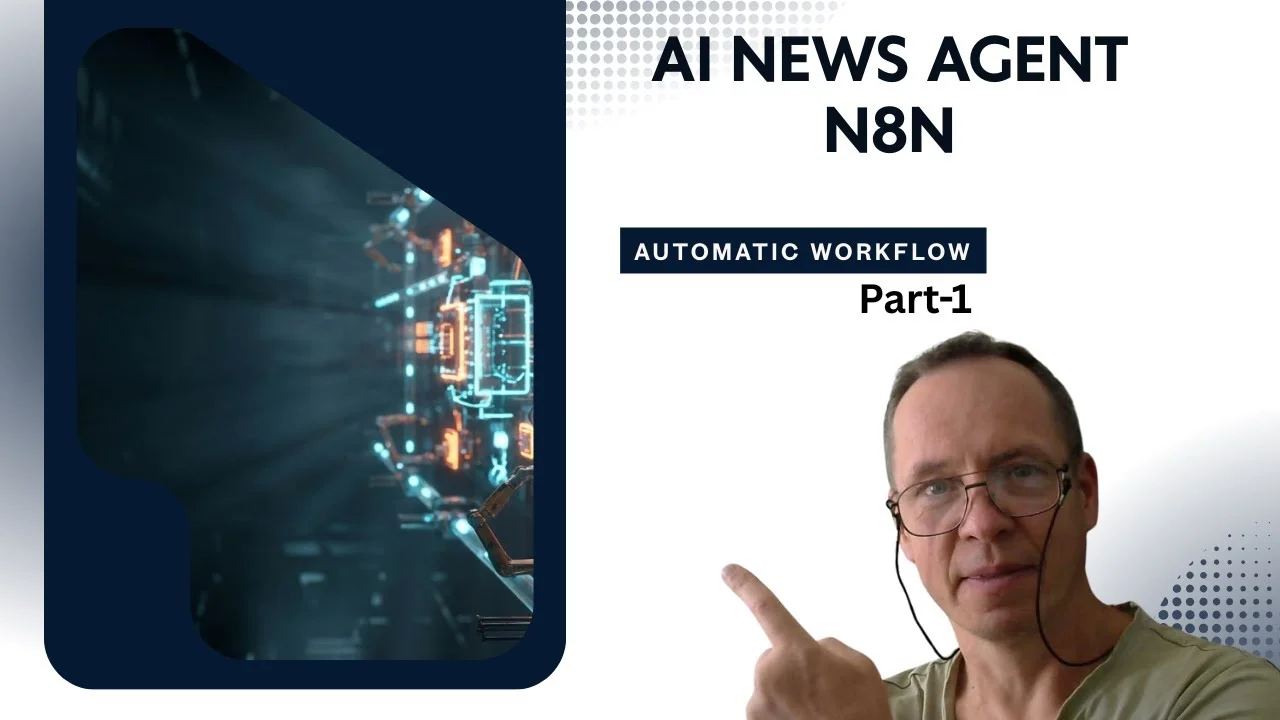
Building an Autonomous AI News Agent with n8n & Bright Data (Part 1)
Learn how to build an autonomous AI-powered news scraper using n8n and Bright Data. Part 1 covers the Ingestion Engine architecture for 24/7 market monitoring.
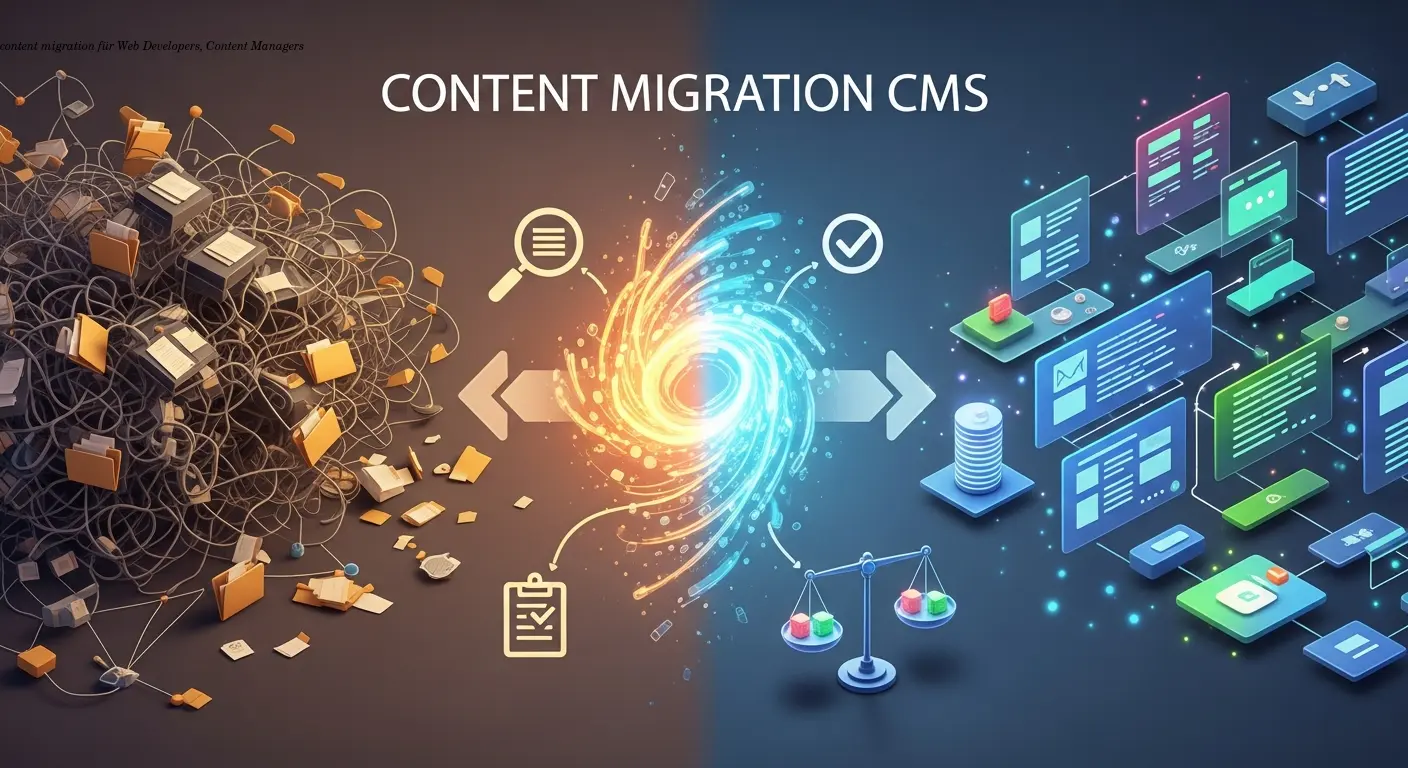
Practical content migration guide for CMS comparison
Practical content migration advice to compare old and new CMS, validate data integrity, and avoid SEO loss. Best practices for developers and content teams.

Collaborative Writing Guide to Comparing Team Contributions
Compare team contributions with collaborative writing tools, clear roles, and peer assessment—practical tactics content teams can apply now.